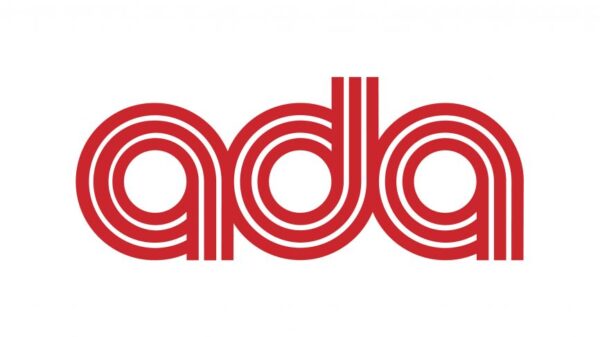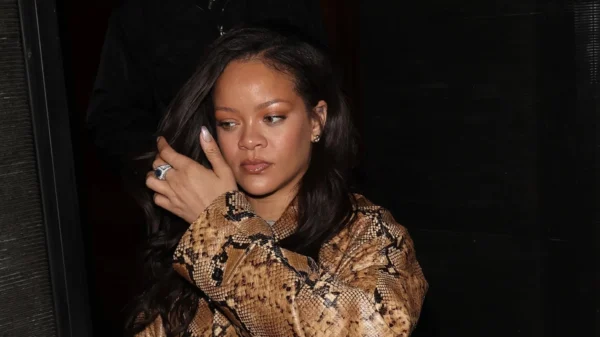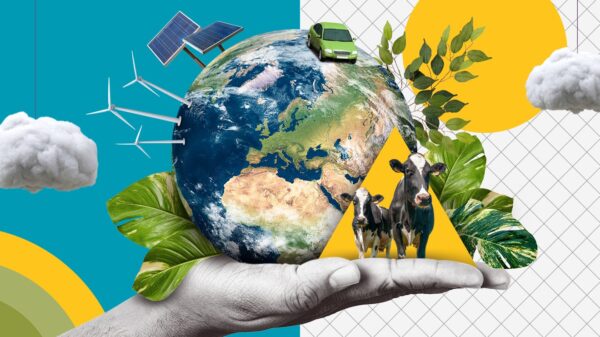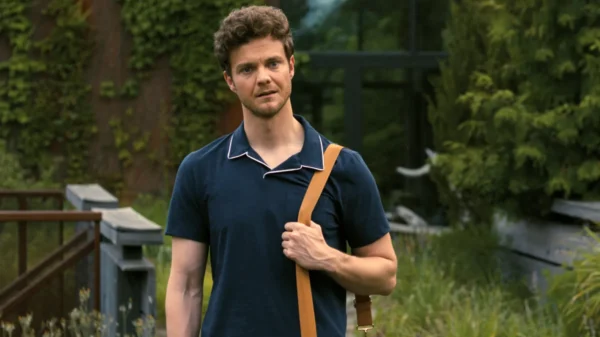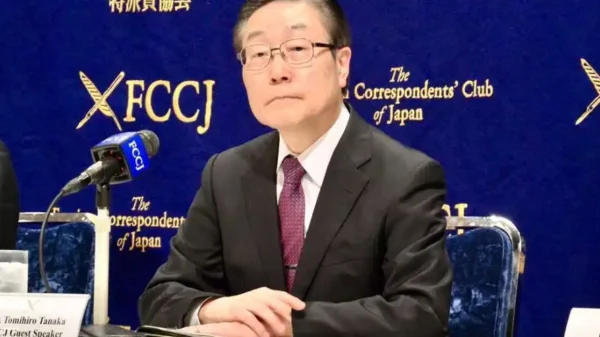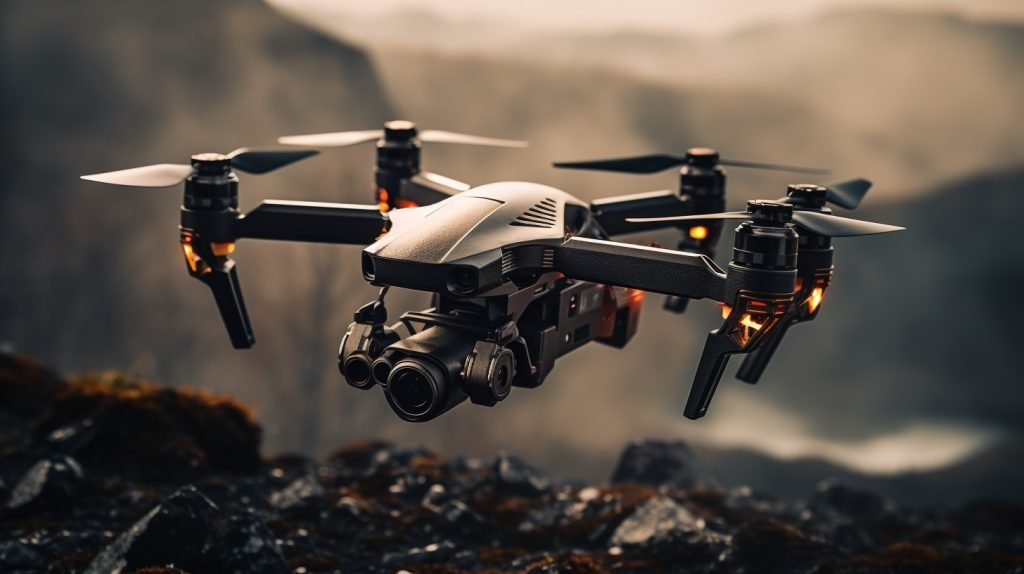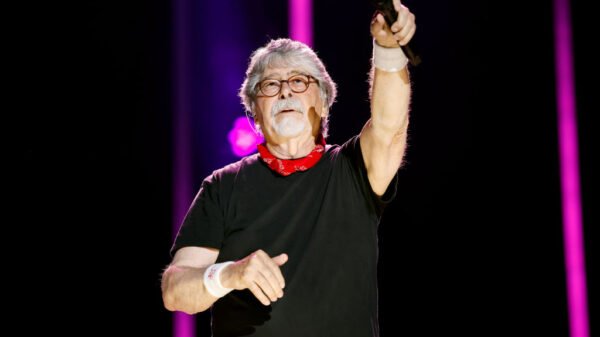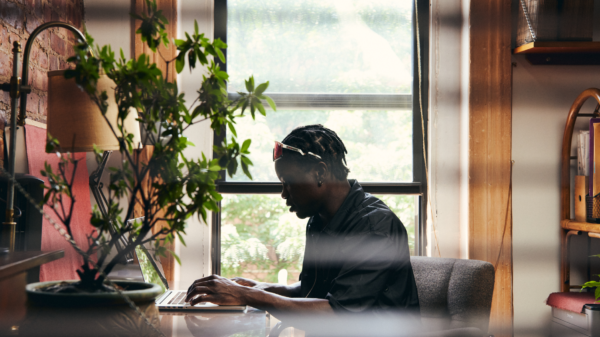The Intersection of Art and Technology
Art and technology have long been viewed as separate realms, with art representing the creative and expressive, and technology representing the practical and functional. However, in recent years, there has been a growing movement to explore the fusion of these two seemingly disparate fields. This fusion has given birth to a new wave of innovation, creativity, and boundary-pushing ideas.
Breaking Boundaries: Examples of Art and Technology Fusion
One of the most exciting aspects of the fusion of art and technology is the ability to break traditional boundaries and create new possibilities. Artists and technologists are collaborating to create immersive experiences that push the limits of both mediums.
An example of this fusion can be seen in the world of virtual reality (VR) art. Artists are using VR technology to create interactive and immersive experiences that transport viewers into new worlds. These experiences allow for a deeper level of engagement and exploration, blurring the lines between the physical and digital realms.
The Role of Artificial Intelligence
Another area where art and technology are converging is in the realm of artificial intelligence (AI). AI has the potential to revolutionize the way we create and consume art. Artists are using AI algorithms to generate new and unique artworks, pushing the boundaries of what is considered human creativity.
AI is also being used to enhance the viewing experience. Museums and galleries are incorporating AI technology to provide personalized recommendations and interactive exhibits. This allows visitors to have a more immersive and tailored experience, deepening their engagement with the artwork.
The Future of Art and Technology
The fusion of art and technology is still in its early stages, but the potential for growth and innovation is immense. As technology continues to advance, artists will have even more tools at their disposal to create groundbreaking works.
Additionally, the fusion of art and technology has the potential to democratize access to art. Virtual galleries and online platforms are making art more accessible to a wider audience, breaking down barriers of geography and economics.





